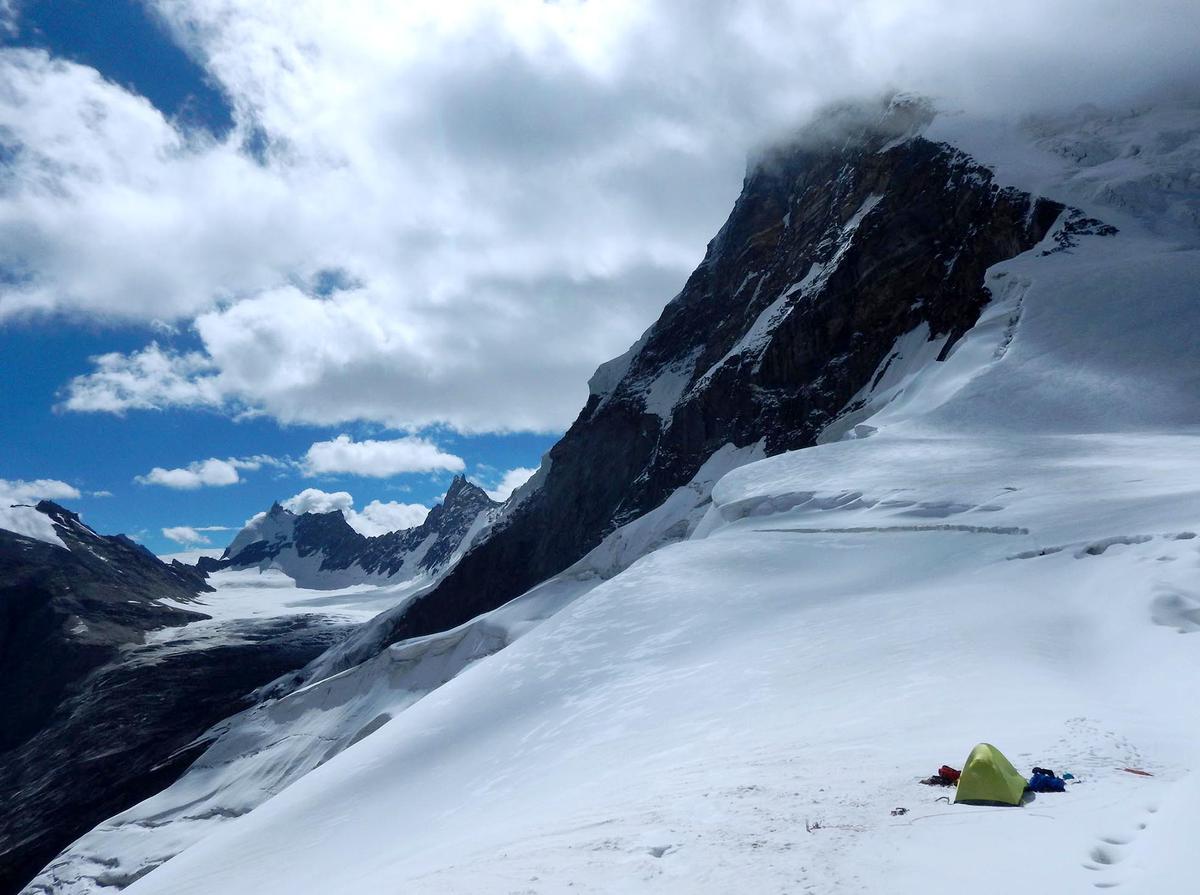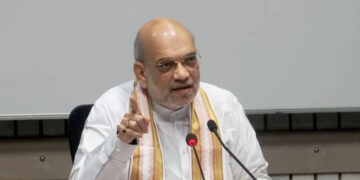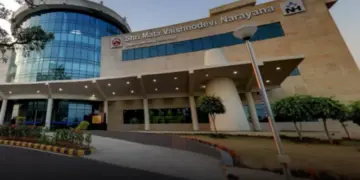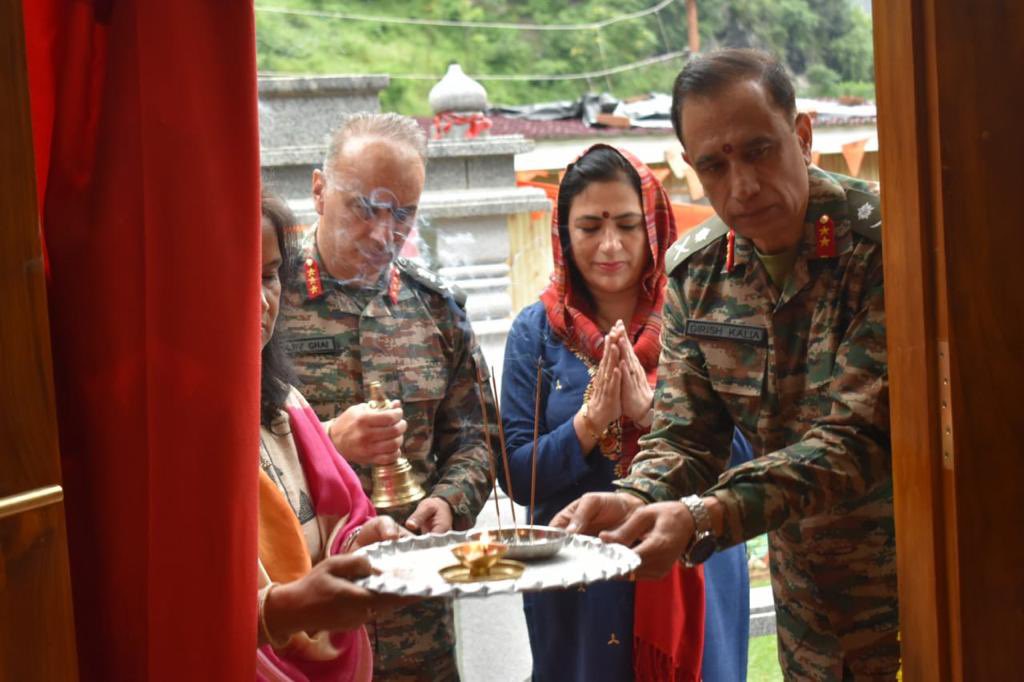New Delhi: Accelerated melting of the Himalayan Parkachik Glacier in Ladakh could give rise to three glacial lakes with an average depth ranging between 34 and 84 metres, scientists have found.
These lakes could be a potential source of glacial lake outburst floods in the Himalayas, the scientists from the Wadia Institute of Himalayan Geology, Dehradun, said.
Parkachik Glacier is one of the largest glacier in the Suru River valley, which is a part of the Southern Zanskar Ranges, western Himalaya. The Zanskar Range, part of the Himalayas, lies in the union territory of Ladakh.
The glacier’s yearly melting rate was 6 times faster between 1999 and 2021 (22 years) than that calculated from 1971 to 1999 (28 years), the scientists found using satellite data to determine its glacial retreat from 1971-2021. The findings are published in the journal Annals of Glaciology.
The study attributed the accelerated glacial retreat to ongoing climate warming, which also causes surface morphological or geological changes to glaciers.
Faster glacial retreat, along with surface morphological changes, have been known to result in the forming of new glacial lakes and expansion of existing ones, a potential source of glacial lake outburst floods.
Glacial lakes are formed when a glacier erodes the land and then melts, filling the depression created by the glacier.
In this study, the scientists have identified three potential overdeepening sites for lake formation on the glacier at different elevations. The lake area of each of these lakes could range from 43 to 270 hectares.
They said, however, that the expansion and reduction of these lakes depended on the dynamics of the glacier.
The study’s surface ice velocity estimation suggested a slowing down, resulting in an increase of debris cover on the glacier surface, or the ablation zone, it said.








